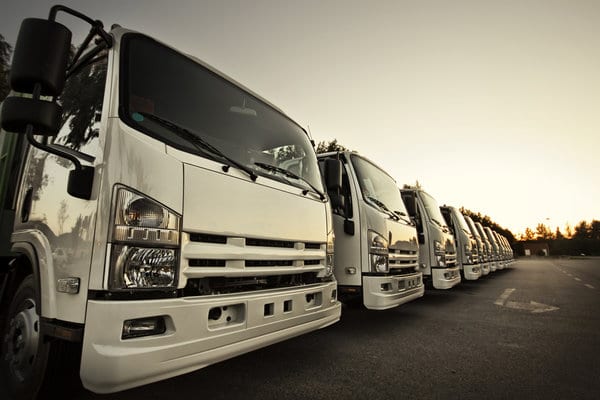Want to make £1m worth of savings for your company? Consistent, continuous and thorough analysis of fleet data is the only way to develop proper insight that will transfer into savings.
How it works
The use of telematics may seem of little consequence to finance. However, this increasingly popular technology is able to analyse and produce reports on every aspect of a company’s fleet system, from fuel consumption to driver behaviour. And crucially, it allows a company to make significant financial savings.
But before a system can be implemented, it’s important to understand exactly what it is and how it can be of use
- Telematics allows a company to monitor its fleet using telecommunications data and communications technology
- Information can be sent, received, recorded and stored in real-time, allowing analysts within the company to monitor information the data produces
- It includes the ability to monitor locations, movements, status and driver behaviour
- The technology works through a combination of a GPS receiver and an electronic GPRS or 3G device
- The devices are installed inside every vehicle within a fleet and the system communicates between the user and web-based software, providing real-time information
- Be clear about what you’re trying to achieve and then go to the market and see what technology will help you to achieve it
- Communicate with the rest of your business and involve everyone
- Be really clear about how you’re going to manage and achieve the results
- Take control of data. It might seem obvious to make the fleet manager responsible, but it’s not their core area of work so why make them try to deal with this volume of data
- Consider closely linking finance to the project
The role of analytics
While detailed information is available in abundance, it’s useless without proper analytics.
Establishing early on who is responsible for monitoring the system is as easy as identifying who in a company should take responsibility for payroll.
On the one hand, it needs to be someone who understands the use of fleet to a point. But the skills required also include that of an analyst, who possesses enough clout within the company to make people listen.
Corporate and social responsibility
Telematics not only allows a business to develop fuel-efficient driving styles that save money and reduce CO2 emissions, but also supports corporate and social responsibility.
The Health and Safety at Work Act concerns how to keep employees and the general public safe from any activities the business may be involved in and so a company’s ability to fully monitor its fleet directly addresses the area of health and safety and corporate responsibility.
A green agenda
The need to reduce CO2 emissions is a constant reminder to companies to pursue a green agenda, particularly those with large fleets. Of course, it follows naturally that, if a company reduces its fuel bill, it will inevitably result in a reduction of CO2 emissions. Chief financial officer of Microlise, the company responsible for implementing the Co-op telematics system, Bill Wynn, says: “By monitoring trips against schedule, improvements can be made to route and timing of deliveries to reduce overall distance travelled or time spent in congestion.”
Big Brother: the privacy concerns
Despite the very clear business case of telematics, trade unions (among others) have raised concerns that drivers may feel hounded, that their every move is being monitored by Big Brother. Good communication is absolutely crucial to counter this.
A senior director of TomTom Telematics, Giles Margerison, says: “If you just stick a new system in and don’t consult your employees then they will absolutely completely and utterly assume the worst. They will just assume you are checking up on them and trying to catch them somewhere they shouldn’t be at 10am in the morning.”
In reality, though, it’s used far more often to defend a driver than it is to admonish one. Margerison says: “If you drive as part of your job, then it puts you in the same risk category as a deep sea diver or miner. And any business wants their people to get home safely at night. It’s absolutely a business’ responsibility to monitor how its drivers behave on the road; there has to be a management tool in place.”
The benefits of telematics are boundless. A company must monitor its fleet in some way, but by using telematics the depth and breadth of knowledge it can achieve is huge. And the analytics, if used properly, will be translated into genuine financial savings.


Be the first to comment on "Telematics technology: Big Brother or safety tool?"